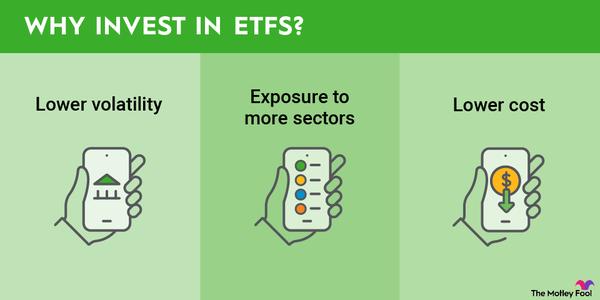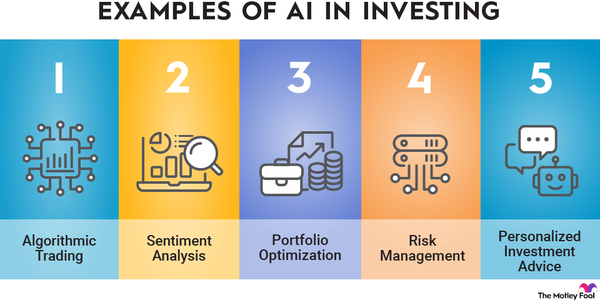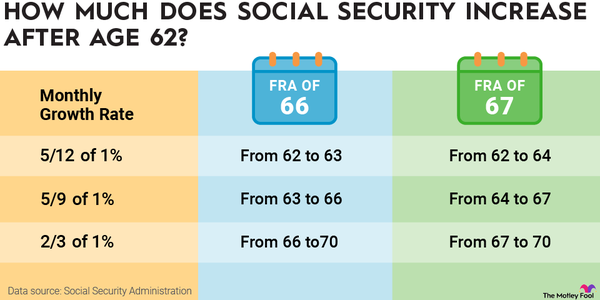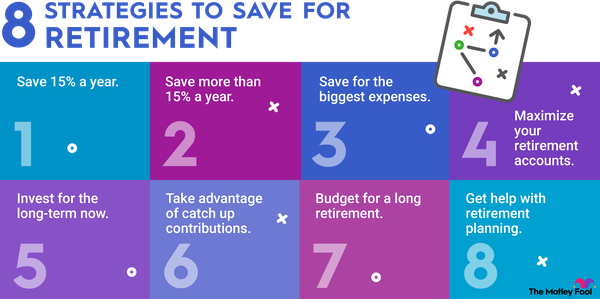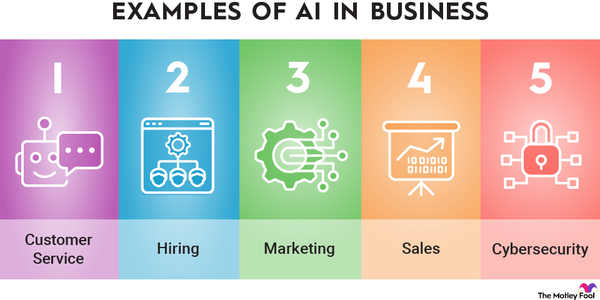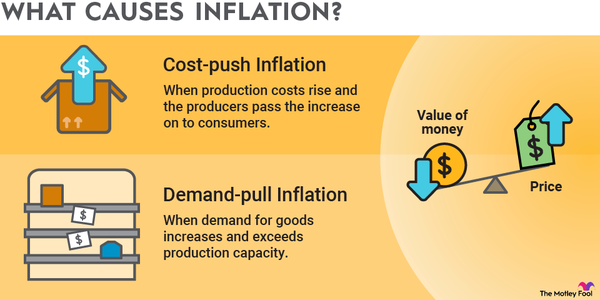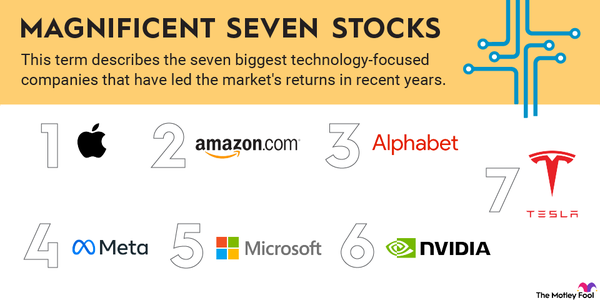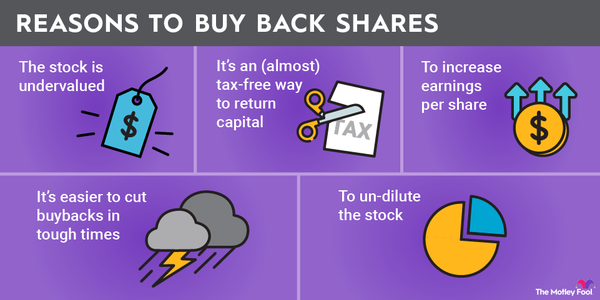Americans headed toward retirement may not be set up for success. Retirement-age Americans pull in $50,290 per year but are spending $57,818 on average.
The mismatch between retirement savings and spending has led some to declare a “retirement crisis.” A shortfall in retirement savings would not only affect retirees' quality of life but could cost the public if taxes are raised to make up for the gap.
Retirees get their income from a number of sources. For some, it's a combination of pension payments, retirement plan withdrawals, investments, Social Security, and ongoing work.
Pension

Despite retirement savings balances being at highs not seen since 2022, many seniors rely on Social Security as their primary income source. The Social Security Administration reports that 12% of men and 15% of women 65 and older depend on the program for 90% or more of their income.
Dive deeper below for the latest data on the average U.S. retirement income and spending.
Average retirement income
Average retirement income
The average retirement income for U.S. adults 65 and older is $75,020. The median income for that age group is $50,290, according to data from the Census Bureau and Bureau of Labor Statistics.
On a monthly basis, the average income for U.S. adults 65 and older is $6,252. The median monthly income is $4,191.
The median -- the middle value in a dataset -- is a more accurate representation of the typical retirement-age income given that averages can be dragged higher by a small percentage of wealthy retirees.
Not everyone 65 and older is retired. Some may still be working, so these figures should be taken with a grain of salt. Most data sources do not distinguish between retirees and non-retirees when providing information about reported income based on age.
Two-thirds of Americans are aiming for a “phased retirement” in which they’ll work full-time, part-time, and entirely retire over time, according to a 2024 survey from Fidelity.
Between 2016 and 2022, 70% of Americans 65 to 69 were retired, 83% of those 70 to 74 were retired, and 88% of Americans 75 and older were retired, according to Gallup.
Few Americans are retiring earlier than age 65. Among those 60 to 64, 32% were retired between 2016 and 2022. Just 11% of those 55 to 59 were retired, and only 6% of Americans 50 to 54 were retired.
Demographics
| Age Group | 2002 to 2007 | 2008 to 2015 | 2016 to 2022 |
|---|---|---|---|
| 40 to 44 | 2% | 1% | 1% |
| 45 to 49 | 3% | 4% | 2% |
| 50 to 54 | 9% | 7% | 6% |
| 55 to 59 | 19% | 15% | 11% |
| 60 to 64 | 41% | 39% | 32% |
| 65 to 69 | 76% | 71% | 70% |
| 70 to 74 | 88% | 80% | 83% |
| 75 and older | 89% | 89% | 88% |
Retirement income by gender
Retirement income by gender
Retirement-age men have a median income of $31,220 compared to women, who take in $27,350, according to the Census Bureau and Bureau of Labor Statistics.
On average, men 65 and older earn $50,490 per year compared to $40,830 for women.
Those statistics are for male and female householders living alone.
On average, women earn less money than men and tend to enter retirement with lower savings. Lower earnings can also result in lower Social Security benefits.
Average annual spending in retirement
Average annual spending in retirement
Americans 65 and older spent an average of $57,818 in 2022, according to the Bureau of Labor Statistics, roughly $20,000 less than what those younger than 65 spent that year.
Compared to those younger than 65, Americans at retirement age spend thousands less on housing, transportation, personal insurance and pensions (which includes retirement savings and Social Security contributions), food, and entertainment.
Here’s how spending breaks down for Americans older than 65 and how it compares to Americans younger than 65.
Asset
Average Social Security check
Average Social Security check
The average monthly Social Security benefit check in January 2024 was $1,907. In 2024, benefits were eligible for a 3.2% cost-of-living adjustment.
Do retirees have enough income?
Do retirees have enough income?
The median income for retirement-age Americans is lower than average expenditures for that group, suggesting a savings shortfall that could threaten retirement for many.
Pew projects that 32.6 million retirement-age households will have an annual income below $75,000 and an average cash shortfall of $7,050 by 2040.
The National Council on Aging found that incomes for 45% of Americans 60 and older are insufficient to support basic needs, and 80% of households in that age group are financially struggling or in danger of financial insecurity.
Low- and middle-income workers -- particularly baby boomers -- are at risk of not being able to sustain a 70% income replacement rate, according to Vanguard. Millennials and Gen X are in better shape for retirement except for those in the 25th income percentile, per Vanguard.
Retirees should aim for an annual income that replaces 70% to 80% of their average earnings from ages 45 to 64.
Social Security will currently replace about 40% of the average earner's pre-retirement income. Higher earners will commonly see a smaller percentage of replacement income from those monthly benefits, and variables such as filing age can raise or lower Social Security benefits.
Social Security faces financial challenges that could result in cuts and retirement income shortfalls.
Nearly 90% of Americans are concerned about Social Security funding, 79% think there’s a retirement crisis, and 55% worry they won’t be financially secure when they retire, according to a survey from the National Institute on Retirement Security.
How to boost retirement income
How to boost retirement income
There are steps that can be taken to boost retirement income. These include:
- Saving and investing aggressively in an IRA, 401(k) plan, or even a taxable brokerage account.
- Investing in assets that continue to pay during retirement, such as dividend stocks, REITs, and bonds.
- Delaying filing for Social Security for a higher monthly benefit.
- Working part-time in retirement.
- Owning a business in retirement.
- Maintaining an income property in retirement.
- Monetizing one's home in retirement (such as renting out space in a retiree-occupied home).
The average retiree income will change with the cost of living. Diversification through investments and other income streams and savvy spending in retirement will be necessary to keep up with inflation.
Rapid inflation from 2021 to 2023 has made it harder to retire on a fixed income. As a result, the average retirement age may shift back or more Americans near the typical retirement age may opt for a phased retirement in which they work part time.
An estimate of how much savings is required to replace a comfortable level of income in retirement is essential. Err on the side of overestimating retirement spending because having access to more money later in life is preferable to having less.
Sources
- Gallup (2022). “More in U.S. Retiring, or Planning to Retire, Later.”
- Fidelity (2024). “2024 State of Retirement Planning.”
- Fidelity (2024). “Q4 2023 Retirement Analysis.”
- National Council on Aging (2023). “Addressing the Nation's Retirement Crisis: The 80%.”
- National Institute on Retirement Security (2024). “Retirement Insecurity 2024: Americans’ Views of Retirement.”
- Pew (2024). “America Has a Retirement Crisis. We Need to Make It Easier to Save.”
- Pew (2023). “States Face $334.3 Billion Shortfall Over 20 Years Due to Insufficient Retirement Savings.”
- U.S. Bureau of Labor Statistics (2023). "2022 Consumer Expenditure Survey."
- U.S. Census Bureau (2023). “HINC-01. Selected Characteristics of Households by Total Money Income.”
- U.S. Census Bureau (2023). “HINC-02. Age of Householder-Households, by Total Money Income, Type of Household, Race and Hispanic Origin of Householder.”
- U.S. Social Security Administration (2022). "Fact Sheet: Social Security."
- U.S. Social Security Administration (2024). "What is the average monthly benefit for a retired worker?”
- Vanguard (2023). “The Vanguard Retirement Outlook: A national perspective on retirement readiness.”
The Motley Fool has a disclosure policy.



































































